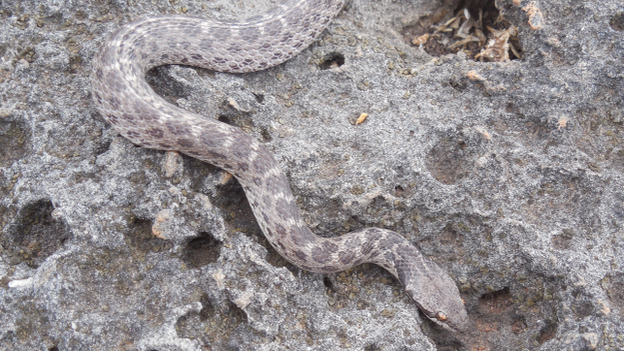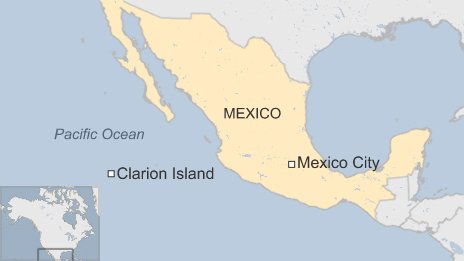OF THE
TIMES
I've had enough of someone else's propaganda. I'm for truth, no matter who tells it. I'm for justice, no matter who it's for or against. I'm a human being first and foremost, and as such I am for whoever and whatever benefits humanity as a whole.
May I point out English troops are already in Gaza, being injured and killed by Hamas. They are flown out to Princess Mary’s hospital in RAF...
As Awordinyourear, I must confess to speaking quietly. A whisper only needs truth to reach other minds. As for missiles.Why are they called such...
Z, you make me smile on an early Sunday morn' [Link] Geniesse Deinen Sonntag <3
Hockey sticks at the ready! Carbon Capture is a very nice phrase but it means absolutely nothing. The EPA says that its rules won't affect the...
Those professionals working in the hospitals during 'covid' had nothing to do, so they posted lame videos of themselves doing pathetic dance...
To submit an article for publication, see our Submission Guidelines
Reader comments do not necessarily reflect the views of the volunteers, editors, and directors of SOTT.net or the Quantum Future Group.
Some icons on this site were created by: Afterglow, Aha-Soft, AntialiasFactory, artdesigner.lv, Artura, DailyOverview, Everaldo, GraphicsFuel, IconFactory, Iconka, IconShock, Icons-Land, i-love-icons, KDE-look.org, Klukeart, mugenb16, Map Icons Collection, PetshopBoxStudio, VisualPharm, wbeiruti, WebIconset
Powered by PikaJS 🐁 and In·Site
Original content © 2002-2024 by Sott.net/Signs of the Times. See: FAIR USE NOTICE


Reader Comments
to our Newsletter